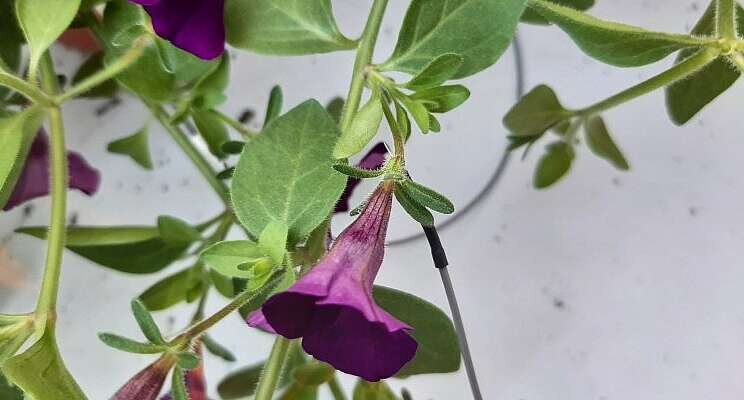Sensor receives panic signals from plant under attack
Added on 14 May 2022

<section style="margin: 0px; padding: 0px; border: 0px; font-style: normal; font-variant-ligatures: normal; font-variant-caps: normal; font-variant-numeric: inherit; font-variant-east-asian: inherit; font-weight: 400; font-stretch: inherit; font-size: 16px; line-height: inherit; font-family: verdana, sans-serif; vertical-align: baseline; display: block; color: rgb(51, 51, 51); letter-spacing: normal; orphans: 2; text-align: start; text-indent: 0px; text-transform: none; white-space: normal; widows: 2; word-spacing: 0px; -webkit-text-stroke-width: 0px; background-color: rgb(255, 255, 255); text-decoration-thickness: initial; text-decoration-style: initial; text-decoration-color: initial;">
With this knowledge, diseases and pests can be recognized at an earlier stage, and control measures can therefore be taken more quickly. This is important for propagators: they want to supply clean plants to growers, who in turn want to detect possible contamination as quickly as possible.
Earlier research by WUR showed that it is indeed possible to intercept electrophysical signals. For this study, a strawberry plant was infected with thrips. With an electrophysical sensor, the contamination could be detected after only 2 days. This means a significant time saving compared to visual inspection: usually it is only after about 5-6 days that the leaves take on a silvery glow, which can only be seen by a good inspection of the plants.
</section>
Photo Courtesy of Wageningen University & Research
Source: Wageningen University & Research
More news















